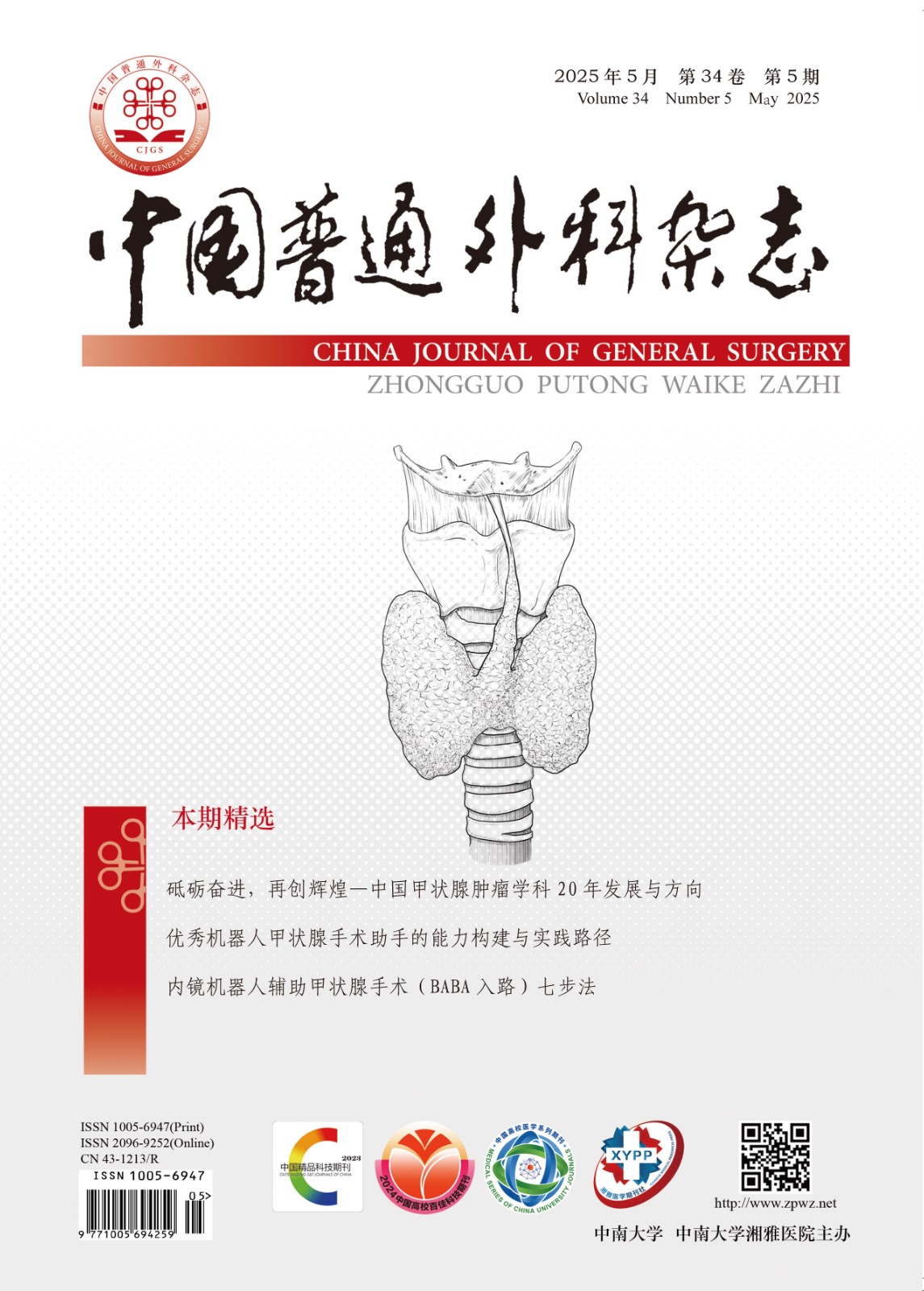Abstract:Objective: To investigate the clinical features, diagnosis and treatment methods as well as prognosis of the giant gastrointestinal stromal tumor (GIST).
Methods: The clinical data of 179 patients with GIST treated in the Affiliated Hospital of North Sichuan Medical College from January 2012 to April 2015 were retrospectively analyzed, of whom 39 cases had giant GIST (diameter equal to or larger than 10 cm).
Results: Of the 39 patients with giant GIST, the tumors occurred in the stomach in 14 cases (35.6%), extra-gastrointestinal locations (mesentery, omentum and peritoneum) in 10 cases (25.6%), ileum in 7 cases (17.9%), jejunum in 4 cases (10.3%), duodenum in 3 cases (7.7%), and rectum in 1 case (2.6%). In patients with giant GIST compared with those with common GIST (diameter less than 10 cm), the proportion of mitotic figures, capsule rupture, multiple lesions, extra-gastrointestinal GIST, preoperative anemia and complications were significantly increased (all P<0.05). Of the 39 patients, 8 cases (20.5%) underwent simple tumor resection, 30 cases (76.9%) had synchronous partial resection of gastrointestinal and other organs, and tumor removal was unsuccessful in one case (2.6%); all cases were high risk GIST. A valid follow-up was conducted in 32 patients, of whom 4 cases (10.3%) had postoperative imatinib therapy; the 1- and 2-year progression-free survival rate was 92.8% and 79.6%, respectively.
Conclusion: Giant GIST can be diagnosed according to clinical manifestations and results of imaging and pathological examinations, and a relatively high risk is suggested by its clinical features. Complete tumor excision combined with partial resection of gastrointestinal and other organs as well as standardized pre- and postoperative targeted therapy may be the effective approach to improve the outcome of these patients.

